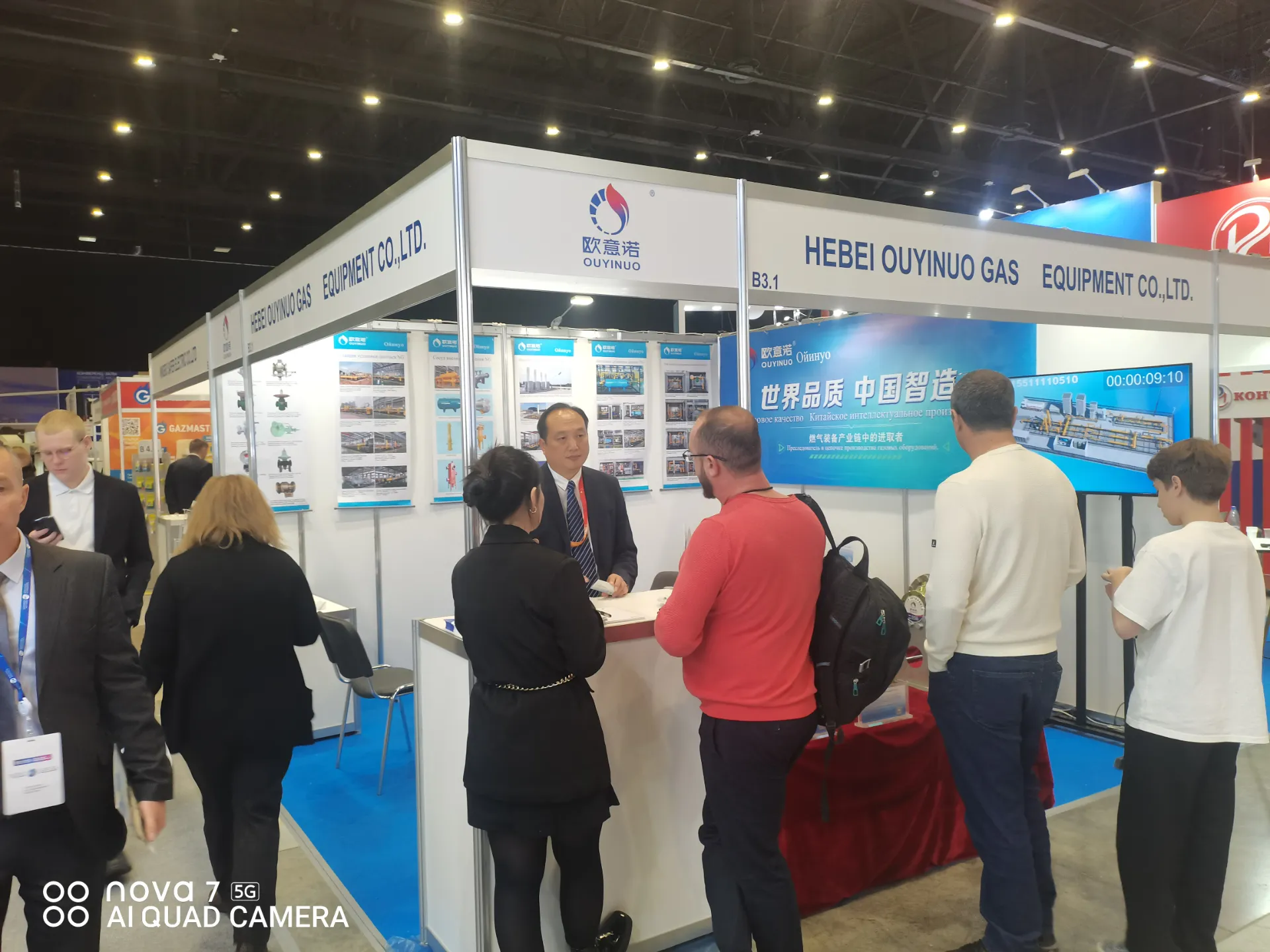
Oct . 02, 2024 17:06
Back to list
Efficient Dust Collection Using Cyclone Separator Design and Application Techniques
Understanding Cyclone Separators Principles and Applications
Cyclone separators are mechanical devices designed to remove particulates from gases or liquids using the principle of inertial separation. They are widely used in various industries for pollution control, material recovery, and product purity. This article delves into the operational principles, design features, and applications of cyclone separators, highlighting their crucial role in environmental management and industrial processes.
Operational Principles
The fundamental operation of a cyclone separator is based on the generation of a centrifugal force that acts on particles within a fluid. When a gas or liquid enters the cyclone, it is forced to spiral downward through a conical or cylindrical chamber. As the fluid moves in a circular motion, heavier particles are thrown against the walls of the cyclone by centrifugal force. The motion, propelled by the inlet velocity and the shape of the cyclone, separates the heavier particles from the lighter fluid.
The main components of a cyclone separator include the inlet, the cylindrical body, the conical section, and the outlet. The gas or liquid enters through the inlet tangentially, which induces the spiral motion. The larger particles are then collected at the bottom of the cyclone, where they can be discharged, while the cleaned fluid exits through a central outlet at the top.
Design Features
Cyclone separators can vary in design to accommodate different applications and flow rates. Some key design features include
1. Shape and Size The geometry of a cyclone separator significantly affects its efficiency. Common designs include cylindrical, conical, or a combination thereof. The diameter and height of the cyclone can be adjusted based on the specific requirements of the system.
2. Inlet Configuration The shape and angle of the inlet influence the flow dynamics within the cyclone. A well-designed inlet ensures a smooth entry and optimizes the separation process.
3. Dust Outlet The design of the dust outlet (the bottom discharge) must be considered carefully to prevent blockage and ensure efficient removal of the collected particles.
4. Material Cyclone separators are typically made from materials like steel, stainless steel, or polymer composites, depending on the nature of the gases or liquids being processed and the environmental conditions.
cyclone separator

Applications
Cyclone separators find applications across a wide range of industries, including
1. Air Pollution Control In industrial settings, cyclone separators are frequently used to control particulate matter emissions. They are commonly employed in manufacturing plants, power generation facilities, and other operations where air quality regulations must be maintained.
2. Material Recovery In industries such as mining and refining, cyclone separators can efficiently recover valuable materials from slurries, ensuring higher yield and purity.
3. Food Industry They are used for separating solids from liquids in food processing, helping in the production of clear juices, oils, and other consumables.
4. Chemical Processing Cyclone separators help in the purification of chemicals and assist in processes where solid-liquid separation is necessary.
5. Oil and Gas Industry In the oil and gas sector, these separators are utilized to remove contaminants from crude oil and natural gas streams, ensuring better quality products.
Advantages and Limitations
Cyclone separators offer several advantages, including low operational costs, minimal maintenance, and the capability to handle large volumes of fluid. They do not require moving parts, making them more durable and reliable than other separation methods. However, they may have limitations concerning their efficiency at lower flow rates or with very fine particles, where alternative separation techniques such as filters might be more effective.
Conclusion
Cyclone separators play an essential role in various industrial applications, helping to improve efficiency, ensure compliance with environmental regulations, and enhance product quality. As industries continue to prioritize sustainability and waste reduction, the importance of such separation technologies is likely to increase. Understanding the principles and applications of cyclone separators can lead to more effective design and implementation in numerous fields, contributing to better environmental outcomes and economic efficiencies.
Next:
Latest news
-
Safety Valve Spring-Loaded Design Overpressure ProtectionNewsJul.25,2025
-
Precision Voltage Regulator AC5 Accuracy Grade PerformanceNewsJul.25,2025
-
Natural Gas Pressure Regulating Skid Industrial Pipeline ApplicationsNewsJul.25,2025
-
Natural Gas Filter Stainless Steel Mesh Element DesignNewsJul.25,2025
-
Gas Pressure Regulator Valve Direct-Acting Spring-Loaded DesignNewsJul.25,2025
-
Decompression Equipment Multi-Stage Heat Exchange System DesignNewsJul.25,2025

